
DNS (Domain Name System) converts website names into IP addresses. In Windows 10, DNS configuration errors can cause web pages to fail or disrupt connections. Here are quick ways to fix these errors and restore your network.
Method 1: Update Network Adapter Driver
The network adapter driver is a crucial software component that allows your computer to connect to the network. If the network adapter driver is outdated or malfunctioning, it may result in an unstable network connection or incorrect DNS resolution. It is recommended to use Driver Sentry to automatically detect and update the driver, saving time and preventing errors during installation.
Click the download button to get the latest version of Driver Sentry. After installation, open the software and click "Scan".
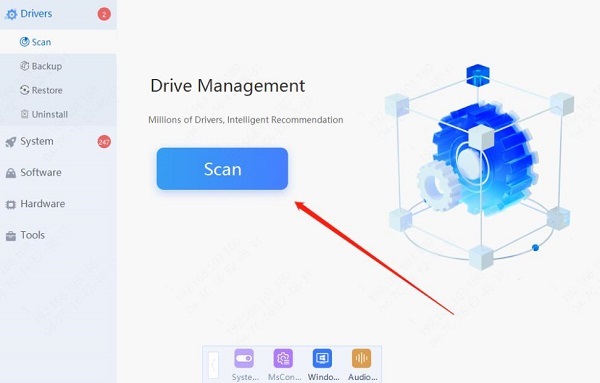
Once the scan is complete, it will show which drivers are missing or need updating. Find the network adapter driver in the results list and click "Update".
After the update is complete, it's recommended to restart your computer to ensure the updated driver is properly applied.
Method 2: Restart Network Devices
Locate the power buttons of your router and modem, or unplug their power cables. This pause helps the devices clear their cache and reinitialize network settings.
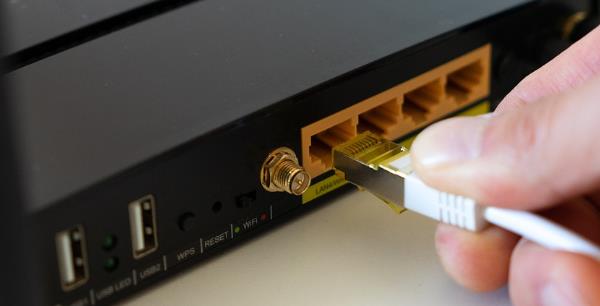
Wait about 30 seconds before reconnecting the power and turning the devices back on.
Once the devices are fully powered up, check if the connection is restored by reloading a web page.
Method 3: Flush DNS Cache
Press Win + R to open the "Run" dialog box.
Type "cmd" and press Enter to open the Command Prompt.
In the Command Prompt window, type "ipconfig /flushdns" and press Enter.
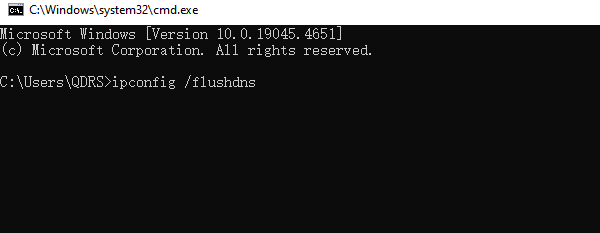
You will see a message saying the DNS Resolver Cache was successfully flushed.
After this, try accessing a website again.
Method 4: Check Network Adapter Settings
Right-click the "Start" button and select "Device Manager".
Expand the "Network Adapters" list, find your network adapter, and right-click it to select "Properties".
In the "Driver" tab, click "Update Driver".
Choose "Search automatically for drivers", and the system will search for and install the latest driver.
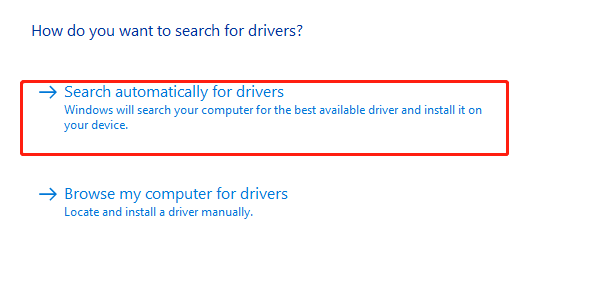
Make sure your network adapter is enabled and working properly. If it's disabled, right-click and select "Enable".
Method 5: Change DNS Server Address
Right-click the "Network" icon and select "Open Network & Internet settings".
Click "Change adapter options".
Right-click your active network connection and select "Properties".
Select "Internet Protocol Version 4 (TCP/IPv4)" and click "Properties".
Choose "Use the following DNS server addresses" and input new DNS server addresses, such as:
Google DNS: Preferred DNS server: 8.8.8.8, Alternate DNS server: 8.8.4.4
OpenDNS: Preferred DNS server: 208.67.222.222, Alternate DNS server: 208.67.220.220
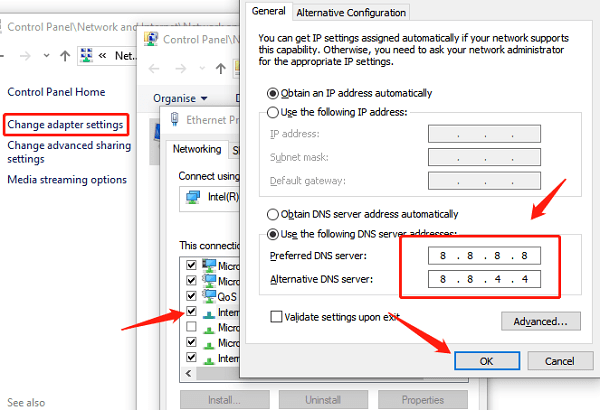
Click "OK" to save the settings.
Method 6: Reset Network Settings
Open "Settings" and select "Network & Internet".
Click "Status", scroll down, and click "Network reset".
Click "Reset now".
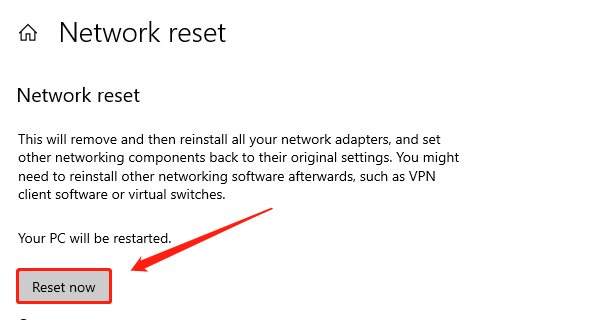
Confirm the action, and the system will reset all network adapters to default settings.
Once the reset is complete, your computer will prompt you to restart for the changes to take effect.
Method 7: Run Network Troubleshooter
Open "Settings" and select "Update & Security".
Click "Troubleshoot", then select "Additional troubleshooters".
Find "Network Adapter" and click "Run the troubleshooter".
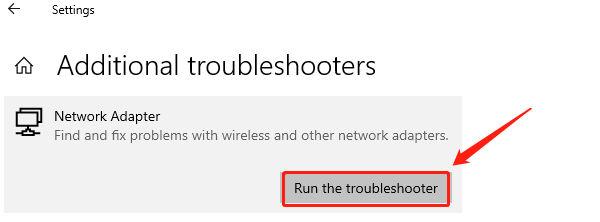
Follow the on-screen instructions to allow the tool to automatically detect and fix network issues.
Method 8: Check for System Updates
Open "Settings" and select "Update & Security".
Choose "Windows Update" and click "Check for updates".
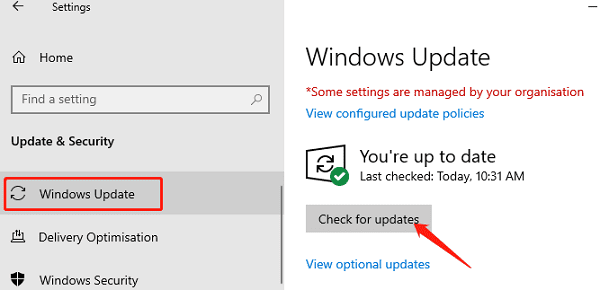
If updates are available, download and install them.
After the update, restart your computer to ensure the changes take effect.
Method 9: Contact Your Internet Service Provider (ISP)
Gather error details and a description of your network issues to communicate with ISP technical support.
Call the support number listed on your ISP's website or bill.
Report your DNS issue to the support team and follow their guidance for further troubleshooting steps.
By following these steps, you should be able to quickly resolve DNS configuration errors in Windows 10 and restore normal internet connectivity. If the issue persists, consider seeking further technical support or hardware inspection.
See also:
How to Connect Wireless Bluetooth Headphones to a Computer
Brother Printer Driver Download Step-by-Step Guide